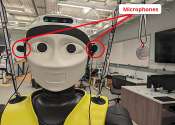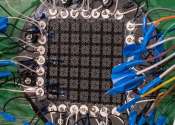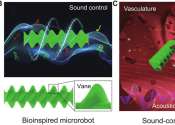Engineers quicken the response time for robots to react to human conversation
Talking to a robot often feels stilted or delayed, thanks to computer software trying to keep up with the conversation. However, new research from the University of Waterloo has improved the ability for humans to communicate ...
Apr 11, 2024
0
36









